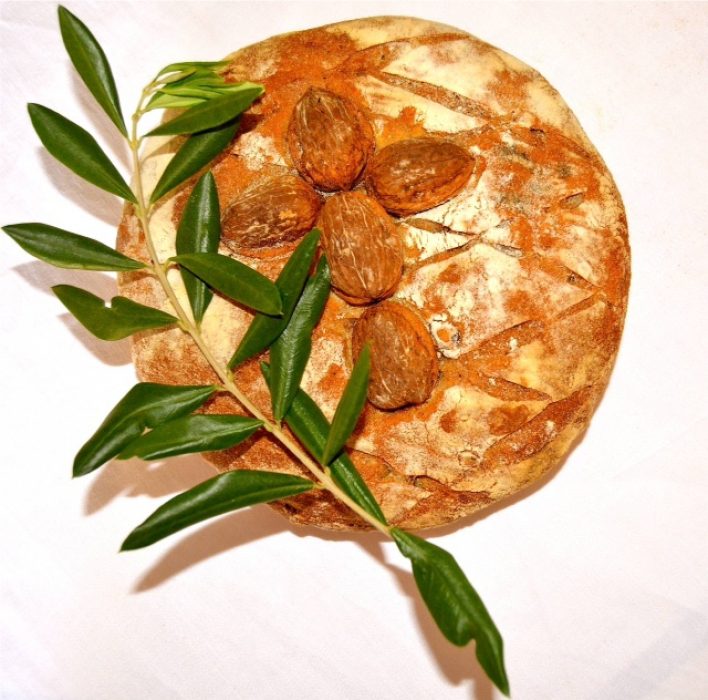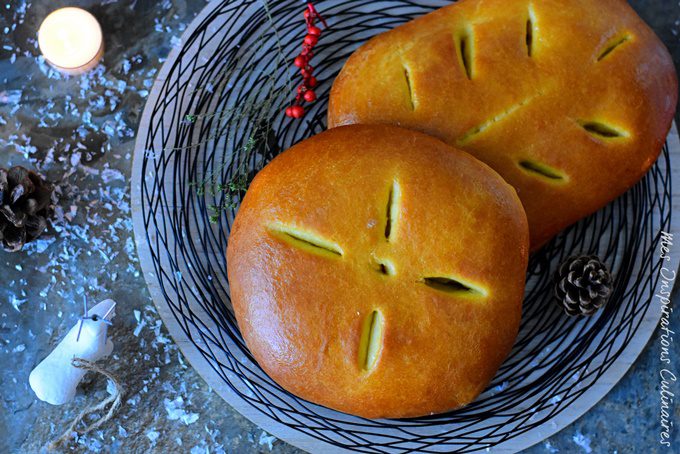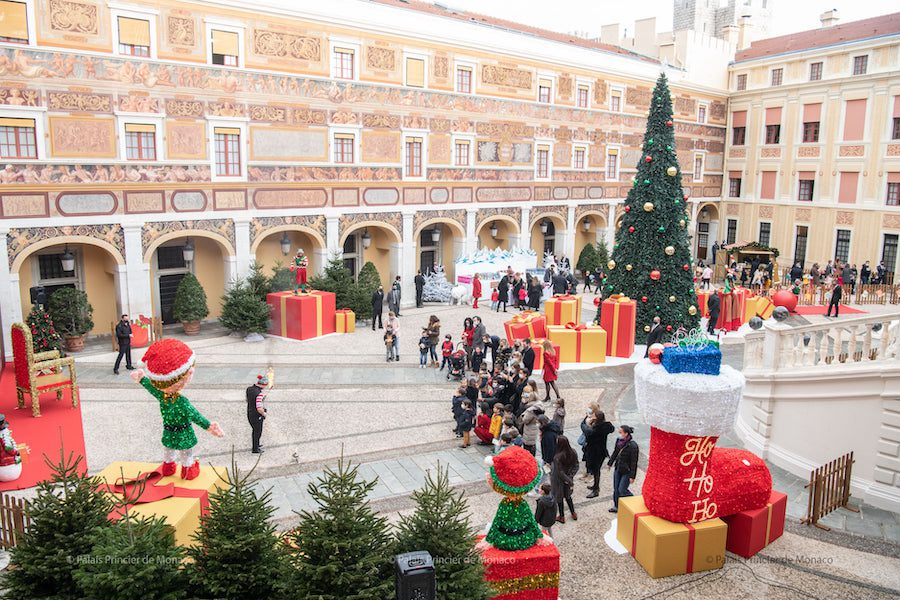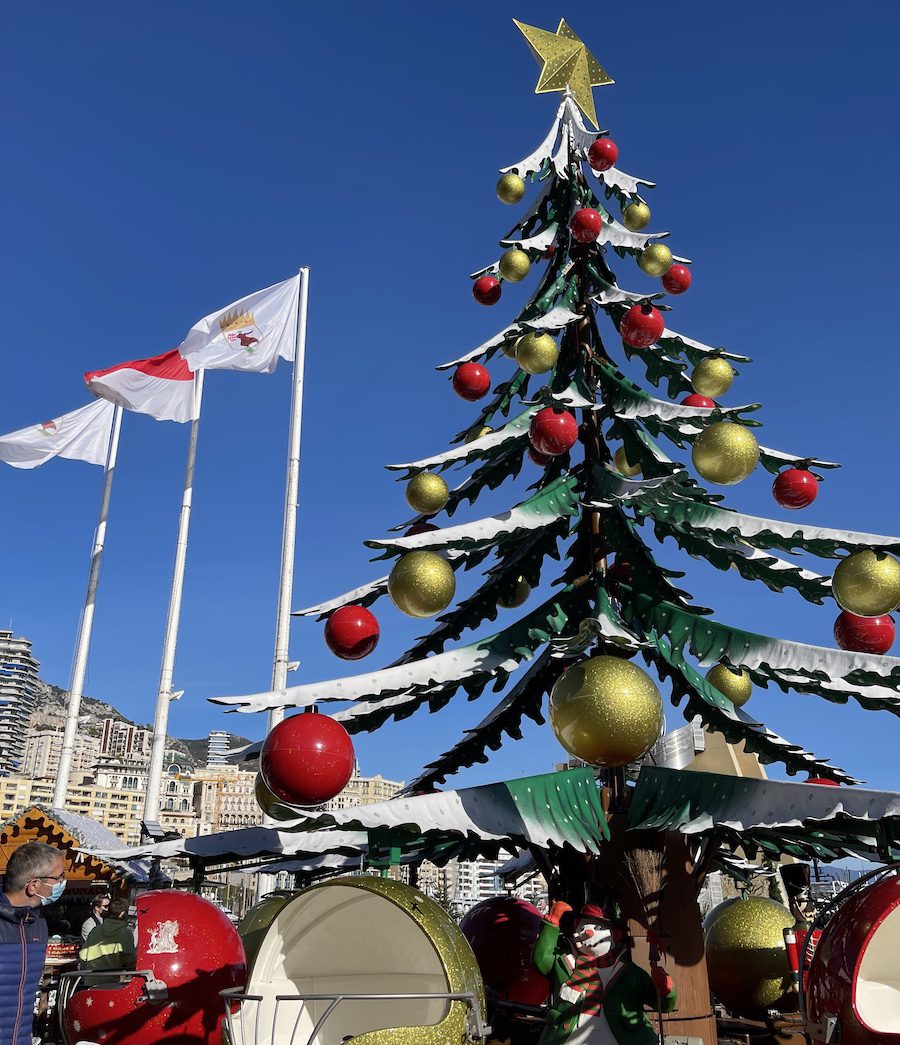For more than seven centuries, the people of Monaco have created holiday traditions around Christmas. Mostly stemming from religion, they are still in existence today, though many are now celebrated with a decidedly modern twist.
No Mediterranean Christmas would be replete without seasonal delicacies as part of the fun. In Monaco, one of the oldest is the Pan de Natale, a bread specially consecrated during the midnight Christmas Mass by the head of each family. It is a sweet, round loaf with four to seven hazelnuts and an olive branch stacked in the shape of a cross. The blessed bread is taken home to be eaten either after church or during the holiday meal on Christmas Day.
The practice is not as commonly followed today as in other eras, but the Monaco Committee on Traditions is making a push to revive it. Some local bakeries are again offering the special bread in the Christmas Day run up.

Another festive foodie tradition is that of 13 Desserts. Originally, it stemmed from the idea of honouring Jesus and his 12 apostles. Four of them are the “four beggars”, which represent different poverty-bound Catholic orders and are made up of hazelnuts and walnuts for the Augustinians, dried figs for the Franciscans, almonds for the Carmelites and raisins for the Dominicans.
Other sweets come into play and are generally dictated by family tradition, but include things such as figs, tangerines, grapes, oranges, pain d’epices, fruit tarts, quince, cheese, nougat and yule logs.
The main dessert, however, is called La Pompe, a sweet bread made with flour, olive oil, sugar, and orange flower essence. Traditionally, it is broken by hand, just as Christ broke his bread. If sliced, it is said that financial ruin is to be expected in the coming year.

Monegasques usually have a large Christmas Eve meal that would sound familiar to most and is made up of roast goose or turkey, foie gras, oysters, wild game and cheeses. Champagne is the drink of choice on this special occasion.
The olive branch blessing is an ancient local ritual which involves the youngest or oldest guest dipping an olive branch into a glass of wine, approaching the fireplace and offering a prayer. The other guests then drink wine in tribute, and everyone sits down to a generous feast. After the meal, raffles and other games are played.

A charming tradition that was started in the 1950’s by Princess Grace involves local children who are invited to the Palace where they enjoy afternoon tea, a magic show and a visit from Father Christmas himself. His elves then hand out special gifts to each of the children on his “nice” list.
The Christmas Village has also become quite a tradition in the Principality. This year’s village has a Canada theme, but it changes each year. Games, fun fair rides and stalls selling food, drinks and gifts line the port offering a bit of something for everyone.

Finally, the one that makes most people shiver at simply the thought of it, is the annual Christmas Swim. Up to 100 souls brave the chilly temperatures for a dip in the Med on Christmas Eve. Many participants dress up as Santa, making it a sight to behold for those onshore. The Prince and Princess are usually present in the aftermath and a raffle is typically held.
These are a few of the rituals and traditions that make a Monaco Christmas special.
Top photo by Benedetta Pizzonia, Monaco Life
